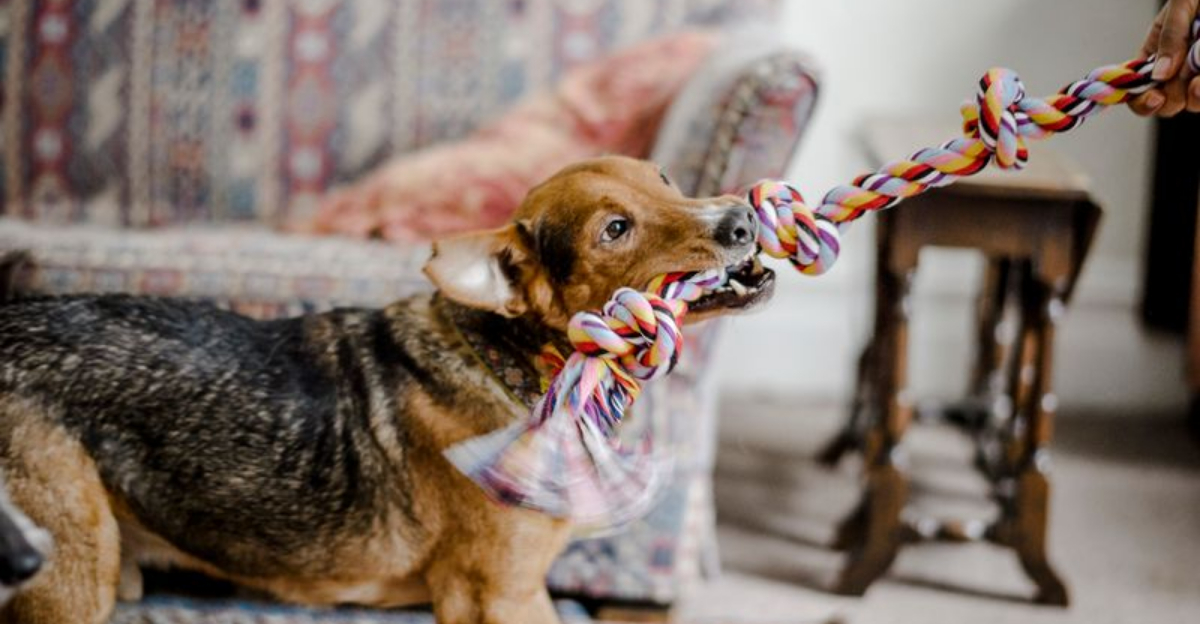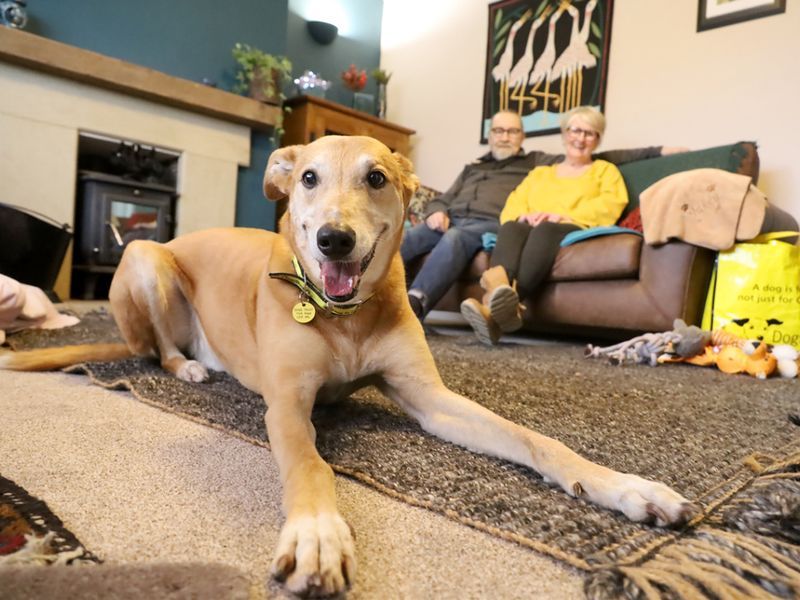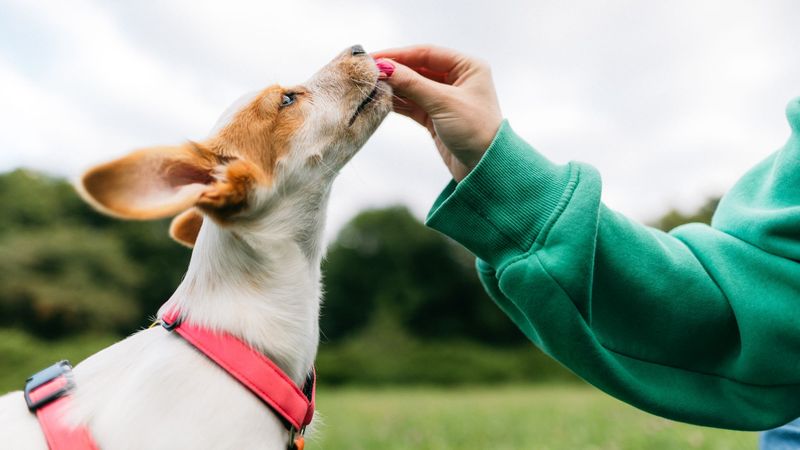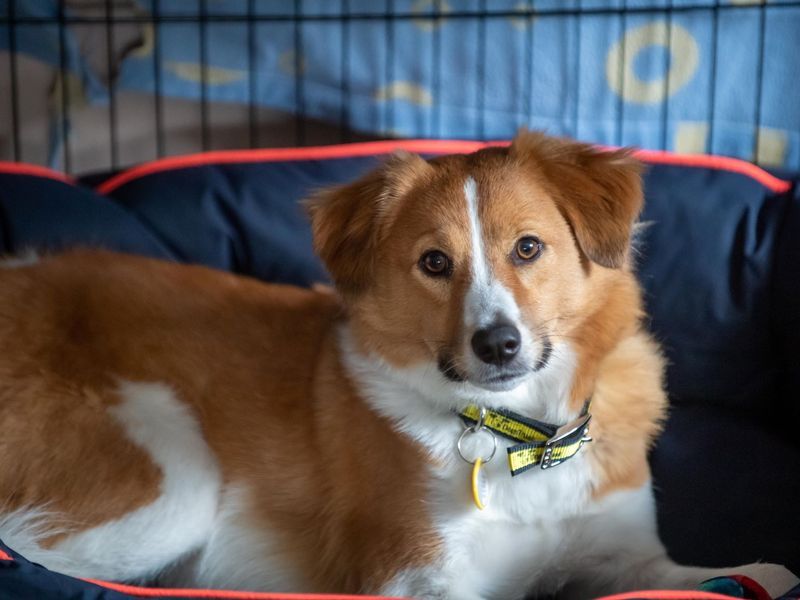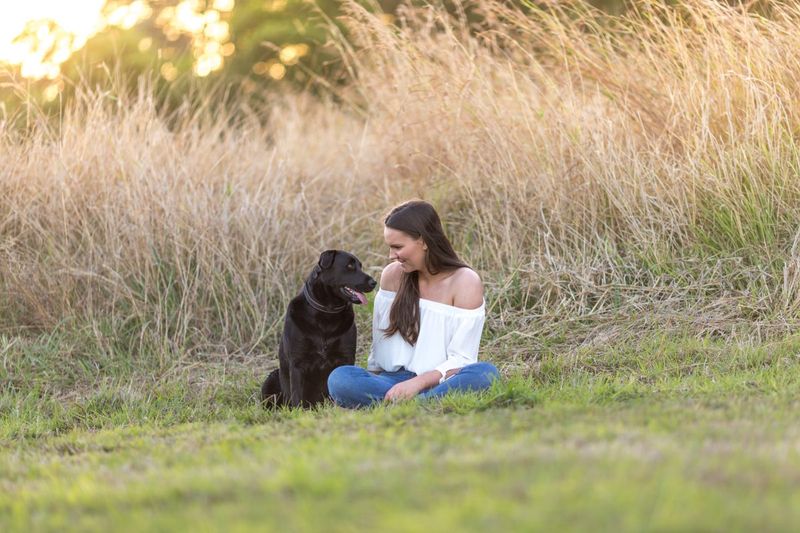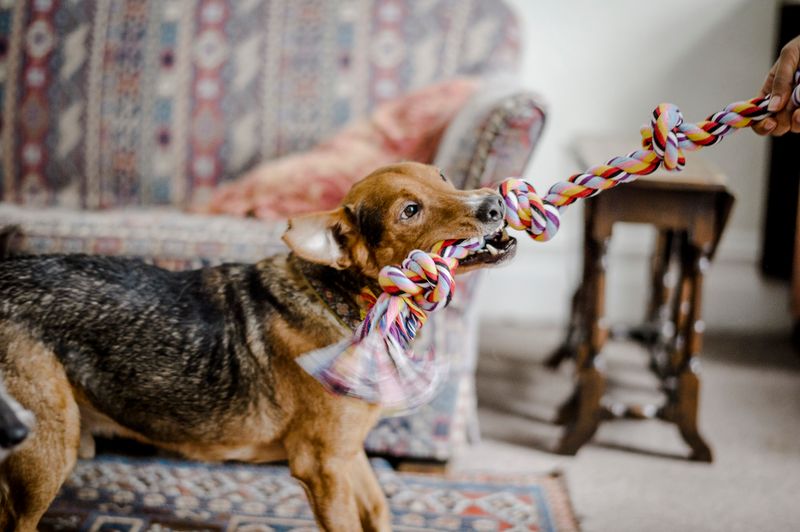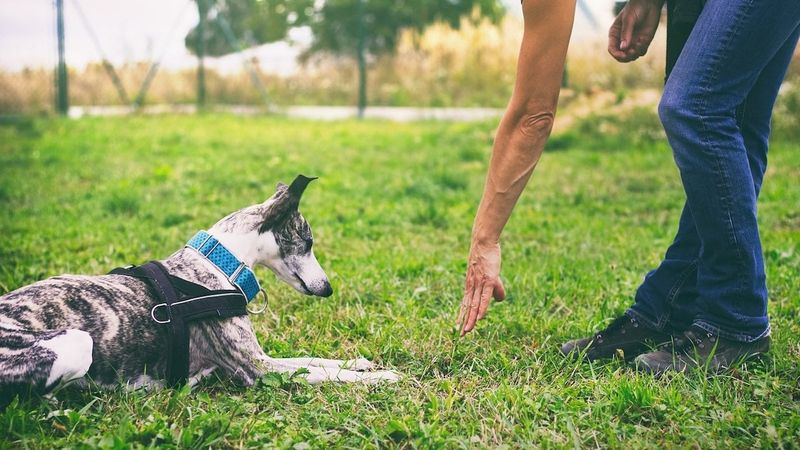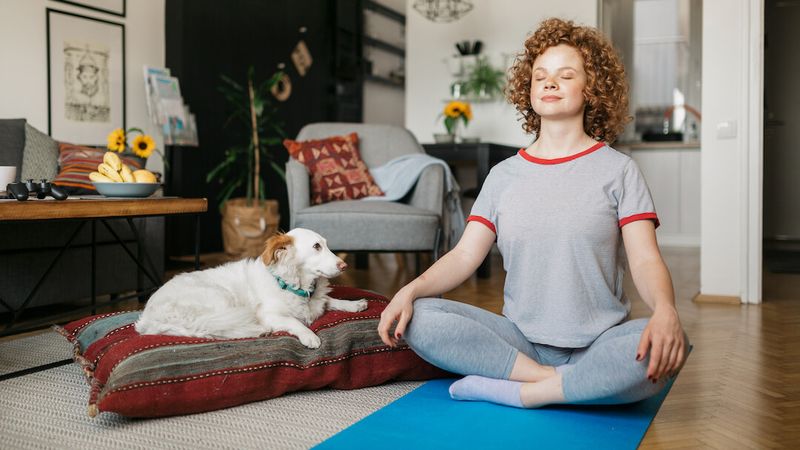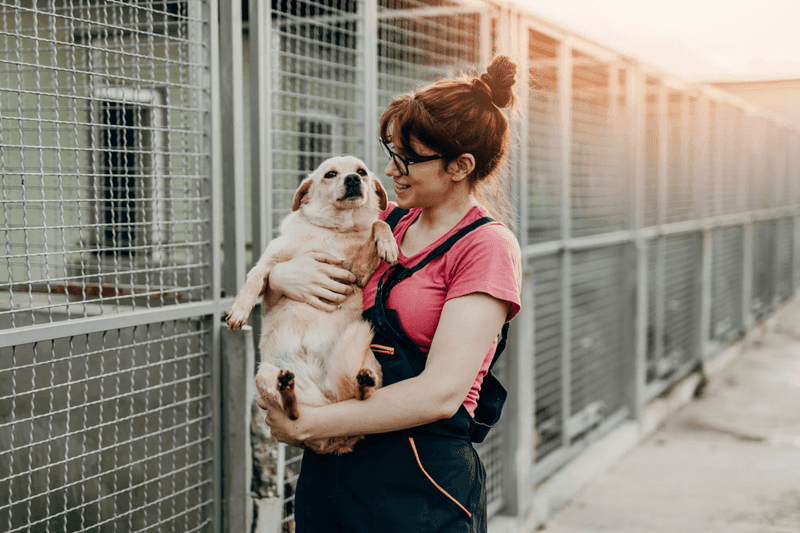Rescue dogs often come from backgrounds of uncertainty and fear, which can make them nervous or anxious in new environments. Building confidence in these gentle souls requires patience, understanding, and love. Here are eleven compassionate strategies to help a nervous rescue dog embrace their new life with courage.
Slow Introductions
Slowly introducing a rescue dog to its new environment can be crucial. The gradual exposure prevents overwhelming the pet, helping build trust.
Let the dog explore at its own pace, providing comfort and security. Keep the environment calm with minimal stimuli to reduce fear.
This gentle approach fosters positive associations, encouraging the dog to feel safe and secure. The result is a gradual increase in confidence, paving the way for a trusting relationship.
Positive Reinforcement
Using positive reinforcement is an effective way to encourage desirable behavior. Offering treats, praise, or affection when the dog exhibits calmness can reinforce confidence.
This method celebrates small victories, making the dog feel accomplished and secure. Over time, consistent positive reinforcement helps the dog understand what is expected.
The dog learns to associate positive behavior with rewards, boosting its confidence and willingness to engage.
Safe Spaces
Creating a safe space allows the dog to retreat and feel secure. This dedicated area is theirs alone, free from stressors and disturbances.
A comforting bed or blanket can enhance feelings of safety, providing a haven for relaxation.
Such spaces act as a refuge when the dog feels overwhelmed, helping to gradually build trust in its surroundings. Over time, the dog learns that it has a safe place to return to, enhancing its confidence.
Routine Establishment
Establishing a routine offers predictability and security, essential for a nervous dog. Regular feeding, walking, and playtimes help the dog understand what to expect.
Consistency reduces anxiety, allowing the dog to relax and trust that its needs will be met.
With a routine, the dog becomes accustomed to daily life, increasing its comfort and confidence. Predictability in their environment can lead to a more relaxed and trusting pet.
Gentle Exposure to New Experiences
Introducing new experiences gradually is key to building confidence. Start with low-stress activities and environments.
Offer positive reinforcement for calm behavior, rewarding the dog for bravery and curiosity. Gradual exposure ensures the dog isn’t overwhelmed, fostering a sense of achievement.
Over time, this gentle approach helps the dog gain confidence in facing new situations, understanding that not all experiences are threatening.
Calming Signals
Communicating through calming signals can have a profound impact on a nervous dog. Dogs are naturally attuned to body language and signals.
Offering a yawn, slow blinking, or turning away can reassure a nervous dog, showing them that there is no threat.
These calming signals help ease the dog’s anxiety, fostering trust. With time, the dog learns to read these signals as signs of safety, building confidence in its interactions.
Interactive Play
Interactive play offers a wonderful opportunity for bonding and confidence-building. Engaging in games like fetch or tug-of-war can help the dog release pent-up energy and feel joy.
These activities promote trust and reinforce positive associations with humans.
Through play, the dog learns to enjoy interaction, boosting its confidence and social skills. The lighthearted nature of play encourages the dog to relax and enjoy its surroundings.
Calm Walks
Calm walks provide both physical exercise and mental stimulation. Walking in a serene environment allows the dog to explore without feeling pressured.
The exercise helps release anxiety and builds trust between the dog and owner. Maintaining a steady pace and avoiding crowded areas ensures a positive experience.
Over time, these walks help the dog enjoy the world around them, increasing their confidence. The routine and tranquility of the walks become something the dog looks forward to.
Training Basics
Teaching basic commands can empower a nervous dog, providing structure and understanding. Commands like sit, stay, and come build a foundation for communication.
Training sessions should be brief and patient, rewarding the dog’s efforts with treats and praise.
As the dog masters these commands, their confidence grows, and the bond between dog and owner strengthens. This foundation of understanding encourages the dog to be more trusting and less anxious.
Mindful Breathing
Practicing mindful breathing can have calming effects on both the dog and the owner. Deep, slow breaths convey calmness, soothing the dog’s anxiety.
Incorporating breathing exercises into daily routines helps foster a peaceful environment.
Over time, the dog learns to associate these moments with tranquility, reducing its stress. This practice encourages the dog to mirror the calm behavior, building confidence in its daily life.
Build Trust Through Patience
Trust is the cornerstone of any relationship, especially with a nervous dog. Patience is essential, allowing the dog to approach on its terms.
Offering a hand to sniff or sitting quietly nearby shows the dog there is no pressure.
Gradually, the dog learns to trust its human, understanding that this bond is safe and nurturing. This patient approach lays a foundation of confidence, empowering the dog to embrace its new life.
